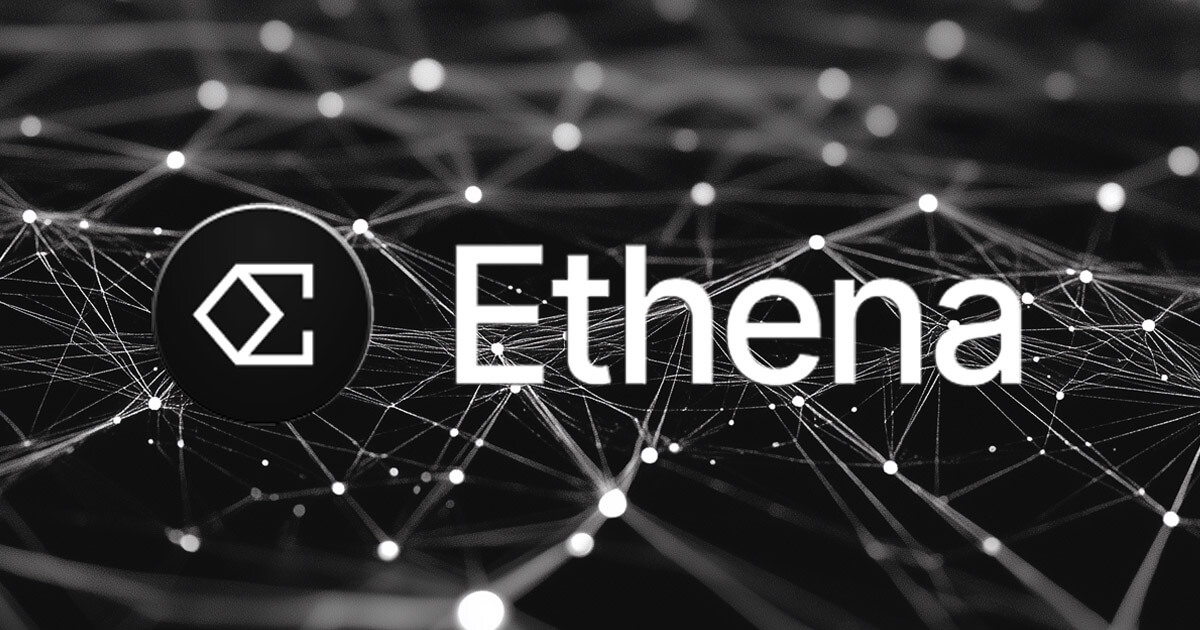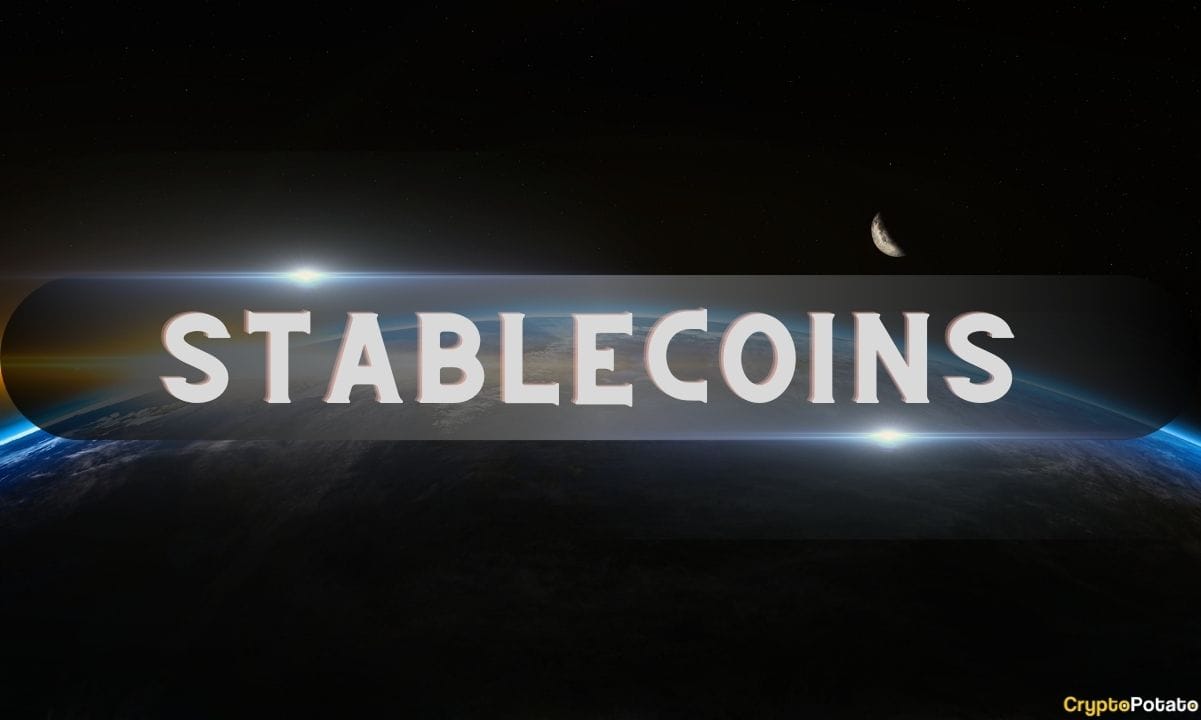Ethena Labs and Securitize launch institutional-focused Layer-1 blockchain called Converge

Ethena Labs and Securitize have announced the launch of Converge, a layer-1 blockchain focused on institutional capital flows and integrating tokenized assets with DeFi.
According to Ethena Labs’ March 17 announcement, the initiative aims to provide a purpose-built network for permissioned and permissionless financial applications.
Ethena Labs and Securitize plan to release technical documentation in the coming weeks, followed by a developer testnet. The mainnet launch is scheduled for the second quarter.
Institutional capital and tokenized assets
Ethena Labs and Securitize see supporting DeFi speculation and providing storage and settlement for stablecoins and tokenized assets as two primary applications for blockchain technology.
While speculative activity remains a core use case, the firms believe a more substantial opportunity exists in the institutional adoption of tokenized financial products.
Securitize has issued approximately $2 billion in on-chain assets, including BlackRock’s BUIDL fund and products from Apollo, Hamilton Lane, and KKR. The firm’s integration with Converge will make it the primary issuance layer for tokenized assets, expanding its scope beyond treasury products to a broad range of financial instruments.
Ethena Labs will also bring its suite of stablecoins and yield-bearing assets—USDe, USDtb, and iUSDe—to Converge, facilitating new institutional-grade financial products.
Financial and technical framework
Converge is an Ethereum Virtual Machine (EVM)-compatible execution environment. Institutional validators will secure the network by staking ENA tokens, while USDe and USDtb will function as native gas tokens, simplifying transactions.
The blockchain will operate with three parallel application tiers. The first is a permissionless DeFi ecosystem supporting USDe-enabled applications and projects incubated by Ethena Labs.
The second unit is permissioned applications, allowing traditional financial institutions to interact with parties that are compliant with know-your-customer procedures using iUSDe and USDtb.
The final part consists of new financial products leveraging Securitize’s tokenized securities, enabling credit, fixed-income leverage, and equity trading via spot and perpetual swaps.
Moreover, the announcement revealed protocols committed to building on Converge, focusing on institutional-grade DeFi solutions. The names include Horizon by Aave Labs, Pendle, Morpho Labs, Maple Finance, and EtherealDEX.
Converge will also integrate major infrastructure providers, including LayerZero for cross-chain interoperability, Pyth Network for price oracles, and Wormhole for asset bridging.
Furthermore, the blockchain has support from institutional custodians such as Anchorage, Copper, Fireblocks, Komainu, and Zodia Custody. The firms will offer asset management and key custody services.
The post Ethena Labs and Securitize launch institutional-focused Layer-1 blockchain called Converge appeared first on CryptoSlate.
Read More

How Ripple Sees the Future: The Stablecoin Landscape for 2025 and Beyond
Ethena Labs and Securitize launch institutional-focused Layer-1 blockchain called Converge

Ethena Labs and Securitize have announced the launch of Converge, a layer-1 blockchain focused on institutional capital flows and integrating tokenized assets with DeFi.
According to Ethena Labs’ March 17 announcement, the initiative aims to provide a purpose-built network for permissioned and permissionless financial applications.
Ethena Labs and Securitize plan to release technical documentation in the coming weeks, followed by a developer testnet. The mainnet launch is scheduled for the second quarter.
Institutional capital and tokenized assets
Ethena Labs and Securitize see supporting DeFi speculation and providing storage and settlement for stablecoins and tokenized assets as two primary applications for blockchain technology.
While speculative activity remains a core use case, the firms believe a more substantial opportunity exists in the institutional adoption of tokenized financial products.
Securitize has issued approximately $2 billion in on-chain assets, including BlackRock’s BUIDL fund and products from Apollo, Hamilton Lane, and KKR. The firm’s integration with Converge will make it the primary issuance layer for tokenized assets, expanding its scope beyond treasury products to a broad range of financial instruments.
Ethena Labs will also bring its suite of stablecoins and yield-bearing assets—USDe, USDtb, and iUSDe—to Converge, facilitating new institutional-grade financial products.
Financial and technical framework
Converge is an Ethereum Virtual Machine (EVM)-compatible execution environment. Institutional validators will secure the network by staking ENA tokens, while USDe and USDtb will function as native gas tokens, simplifying transactions.
The blockchain will operate with three parallel application tiers. The first is a permissionless DeFi ecosystem supporting USDe-enabled applications and projects incubated by Ethena Labs.
The second unit is permissioned applications, allowing traditional financial institutions to interact with parties that are compliant with know-your-customer procedures using iUSDe and USDtb.
The final part consists of new financial products leveraging Securitize’s tokenized securities, enabling credit, fixed-income leverage, and equity trading via spot and perpetual swaps.
Moreover, the announcement revealed protocols committed to building on Converge, focusing on institutional-grade DeFi solutions. The names include Horizon by Aave Labs, Pendle, Morpho Labs, Maple Finance, and EtherealDEX.
Converge will also integrate major infrastructure providers, including LayerZero for cross-chain interoperability, Pyth Network for price oracles, and Wormhole for asset bridging.
Furthermore, the blockchain has support from institutional custodians such as Anchorage, Copper, Fireblocks, Komainu, and Zodia Custody. The firms will offer asset management and key custody services.
The post Ethena Labs and Securitize launch institutional-focused Layer-1 blockchain called Converge appeared first on CryptoSlate.
Read More

